In the given figure, diagonals PR and QS of thr parallelogram PQRS intersect at point O and LM is parallel to PS. Show that :
(i) 2Area(ΔPOS)=Area(//gmPMLS)
(ii) Area(ΔPOS)+Area(ΔQOR)
=12Area(//gmPQRS)
(iii) Area(ΔPOS)+Area(ΔQOR)
=Area(ΔPOQ)+Area(tΔSOR)
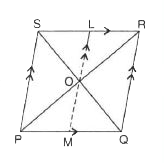
Step by step video & image solution for In the given figure, diagonals PR and QS of thr parallelogram PQRS intersect at point O and LM is parallel to PS. Show that : (i) 2 "Area" (DeltaPOS)= "Area" (////gmPMLS) (ii) "Area" (DeltaPOS)+ "Area" (DeltaQOR) =(1)/(2) "Area" (////gmPQRS) (iii) "Area" (DeltaPOS)+ "Area" (DeltaQOR) = "Area" (DeltaPOQ)+ "Area" (tDeltaSOR) by Maths experts to help you in doubts & scoring excellent marks in Class 9 exams.
Updated on:21/07/2023Topper's Solved these Questions
- AREA THEOREMSBOOK - ICSECHAPTER - AREA THEOREMSEXERCISE - Exercies 16(B)
16 Videos
- AREA THEOREMSBOOK - ICSECHAPTER - AREA THEOREMSEXERCISE - Exercies 16(C )
22 Videos
- AREA THEOREMSBOOK - ICSECHAPTER - AREA THEOREMSEXERCISE - Exercies 16(C )
22 Videos
- AREA AND PERIMETER OF PLANE FIGURESBOOK - ICSECHAPTER - AREA AND PERIMETER OF PLANE FIGURESEXERCISE - EXERCISE 20(D)
12 Videos
- CHAPTER REVISION (STAGE 2) BOOK - ICSECHAPTER - CHAPTER REVISION (STAGE 2) EXERCISE - DISTANCE FORMULA
12 Videos
Similar Questions
In the following figure, DE is parallel to BC. Show that :
(i) Area(ΔADC)=Area(ΔAEB)
(ii) Area(ΔBOD)=Area(ΔCOE).
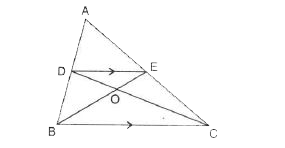
View SolutionIn the given figure, the diagonals AC and BD intersects at point O. If OB=OD and AB//DC, prove that :
(i) Area(ΔDOC)=Area(ΔAOB).
(ii) Area(ΔDCB)=Area(ΔACB).
(iii) ABCD is a parallelogram.

View Solution
Knowledge Check
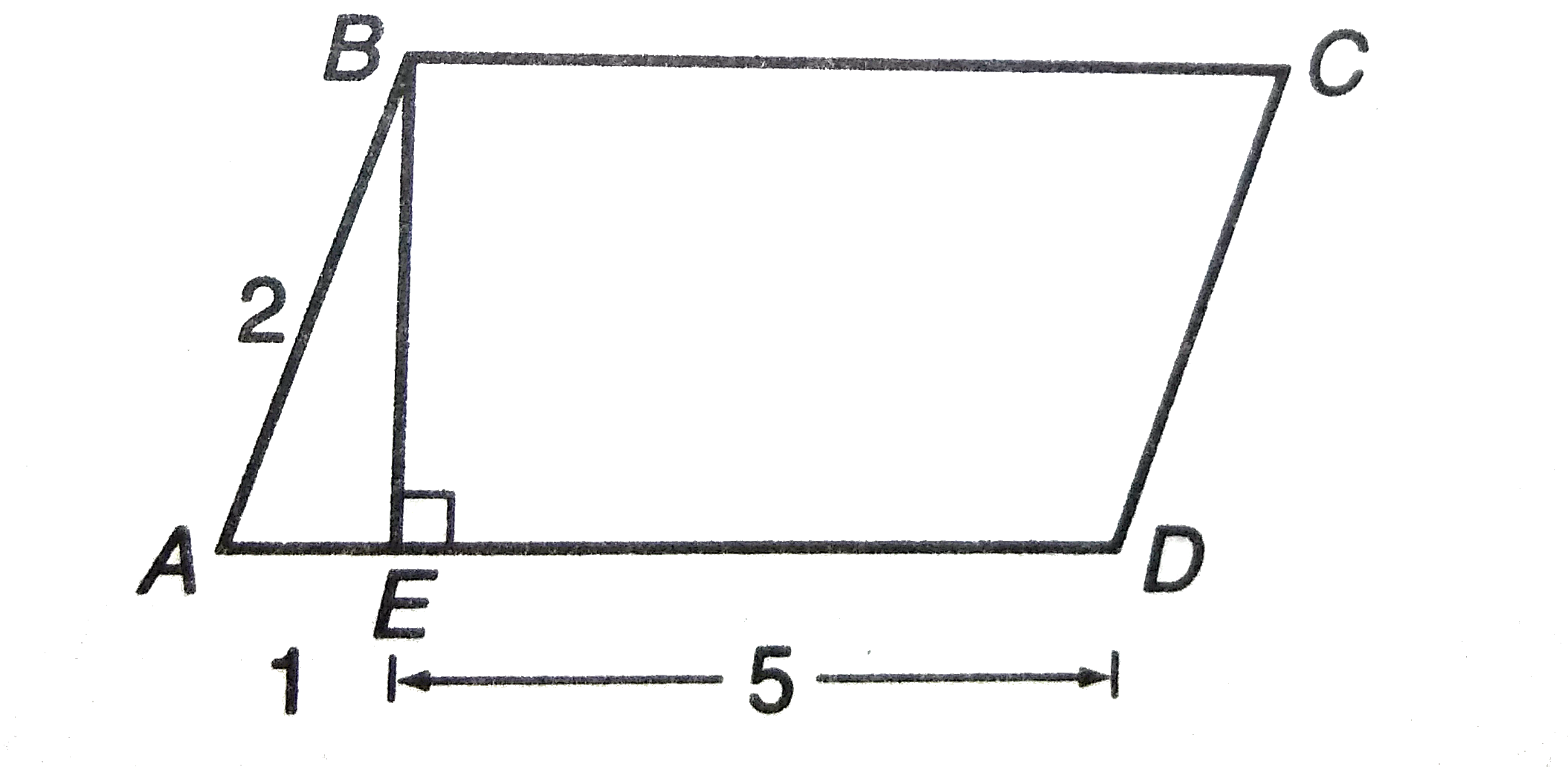
In the figure above, what is the area of parallelogram ABCD?A4√2B4√3C6√2D6√3
In the given figure, ABCD is a parallelogram. Find the area of ΔAED
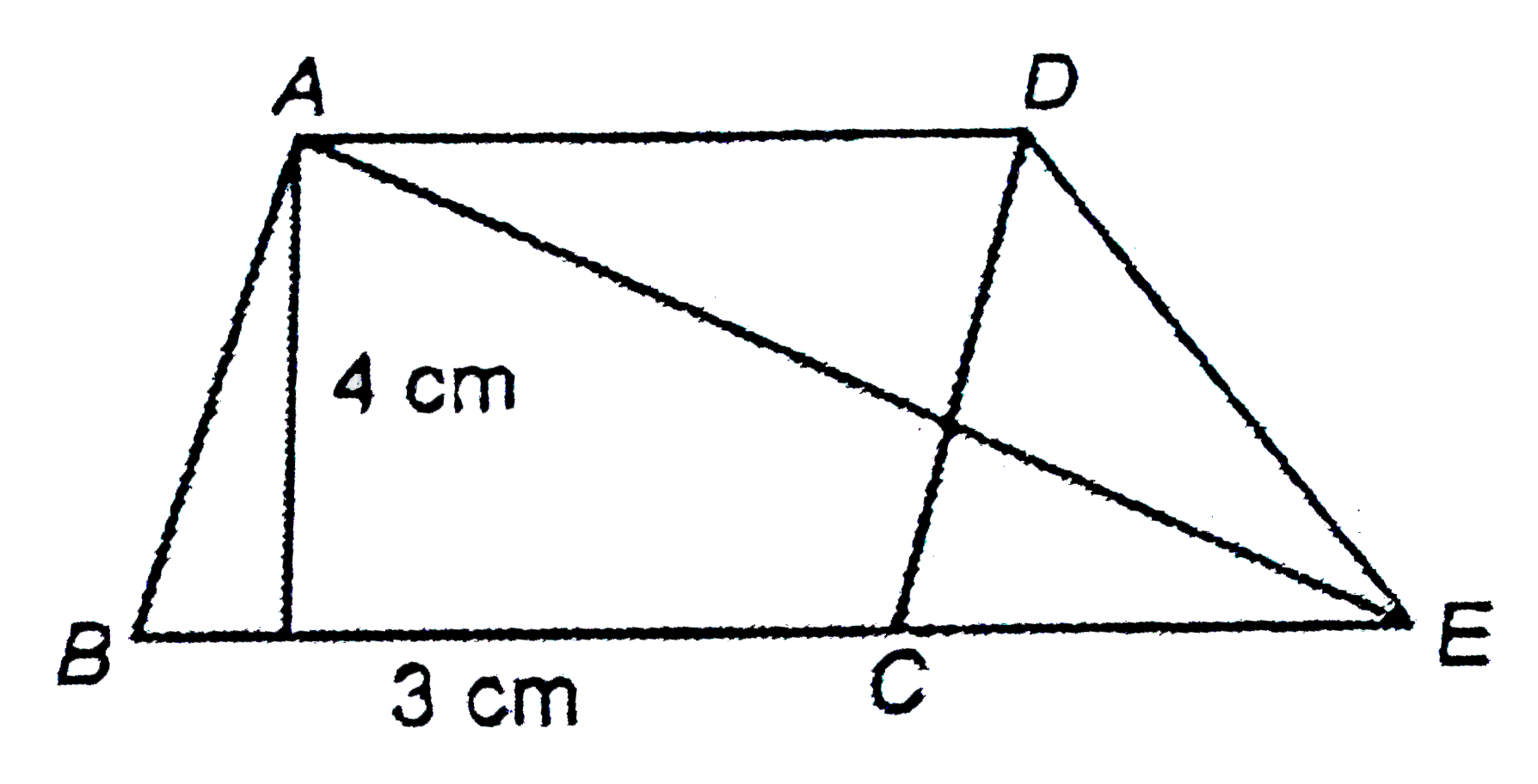
View Solution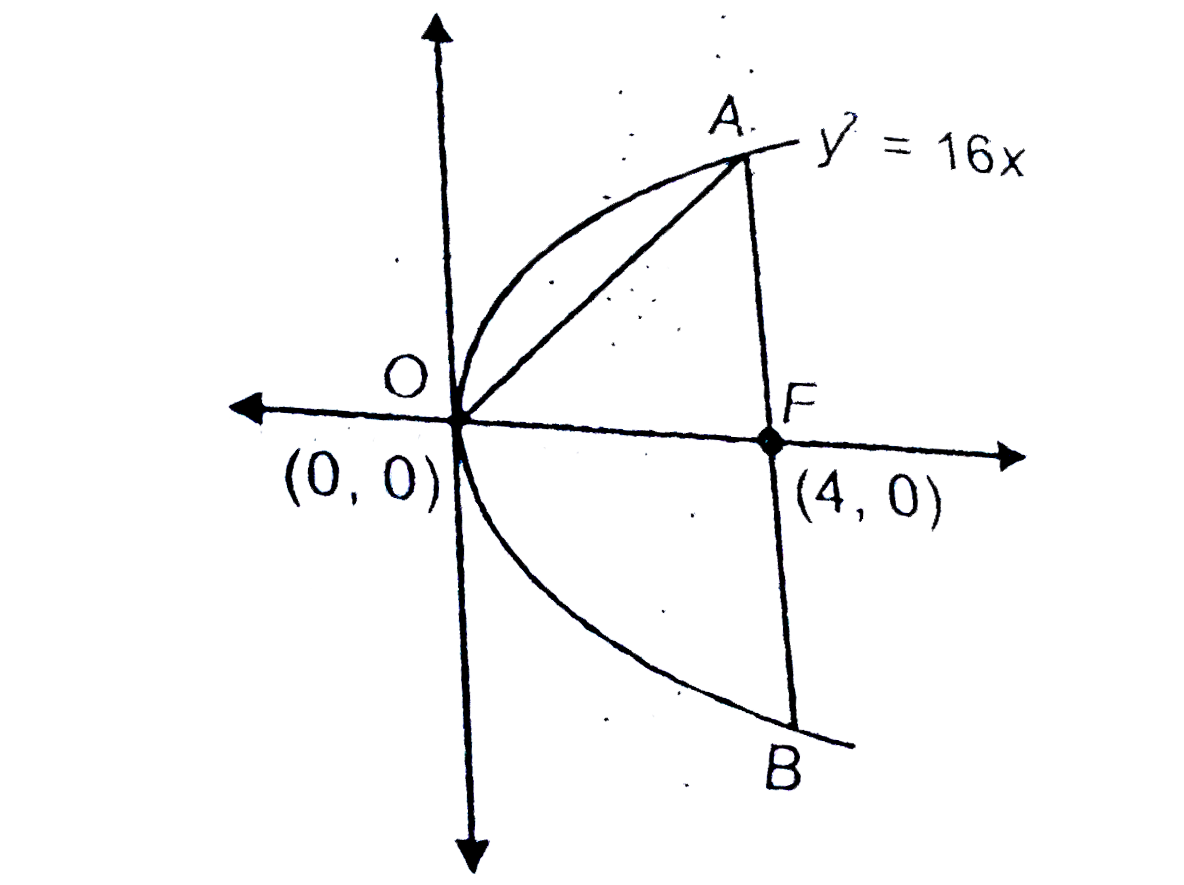
In the given figure, the area of the △OAF is
View SolutionIn the given figure, if the area of parallelogram ABCD is 40cm2, find the area of parallelogram ABEF

View SolutionThe diagonals of a parallelogram are 2ˆi and 2ˆj. What is the area of the parallelogram
View SolutionIn parallelogram ABCD, P is a point on side AB and Q is a ponit on side BC.
Prove that :
(i) ΔCPD and ΔAQD are equal in area.
(ii) Area (ΔAQD)
=Area(ΔAPD)+Area(ΔCPB)
View SolutionIn parallelogram ABCD, P is a point on side AB and Q is a ponit on side BC.
Prove that :
(i) ΔCPD and ΔAQD are equal in area.
(ii) Area (ΔAQD)
=Area(ΔAPD)+Area(ΔCPB)
View SolutionP is any point inside a parallelogram ABCD. Prove that :
Area (ΔAPB)+Area(ΔCPD)
=Area(ΔAPD)+Area(ΔBPC)
View Solution
